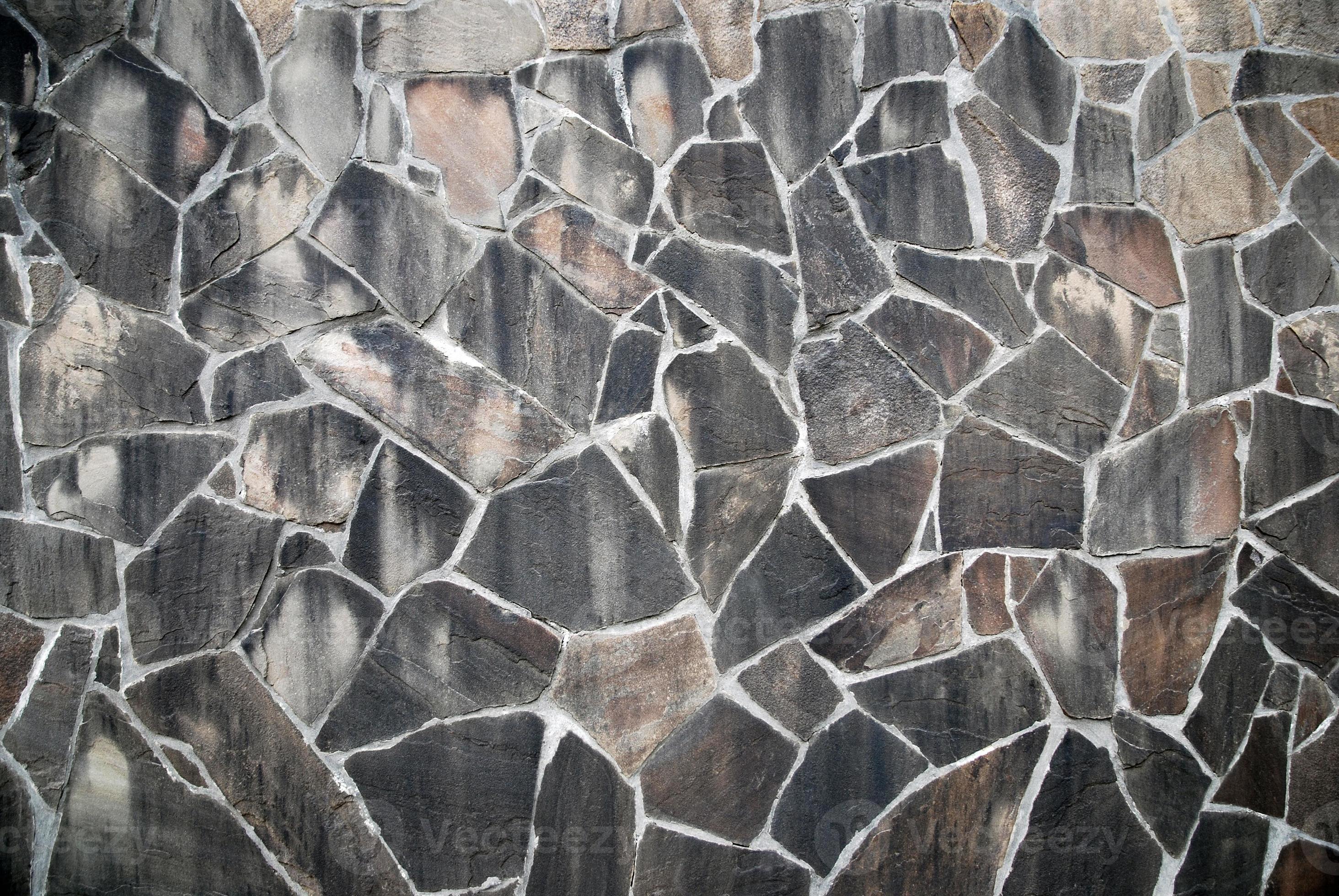Introduction:
In the world of architecture and design, the choice of materials plays a crucial role in creating visually appealing and durable structures. One such material that has gained popularity in recent years is cultured stone trim. This innovative building material offers an array of benefits, including enhanced aesthetics, durability, and ease of installation. In this article, we will explore the various aspects of cultured stone trim, its advantages, applications, and how it can elevate the overall appeal of any building project.
Section 1: Understanding Cultured Stone Trim
1.1 Definition and Composition:
Cultured stone trim, also known as manufactured stone or faux stone, is a synthetic alternative to natural stone. It is typically composed of lightweight aggregates, cement, and pigments. These materials are combined to create a product that closely resembles the appearance and texture of natural stone, while offering greater flexibility in terms of size, shape, and color.
1.2 Production Process:
The production of cultured stone trim involves casting the mixture into molds, allowing it to cure, and then finishing the surface to replicate the desired texture and color. This process enables manufacturers to create a wide range of stone profiles, including limestone, granite, slate, and more.
Section 2: Advantages of Cultured Stone Trim
2.1 Aesthetic Appeal:
One of the primary reasons for the increasing popularity of cultured stone trim is its ability to mimic the beauty and elegance of natural stone. With advancements in manufacturing techniques, cultured stone trim can now replicate intricate details, textures, and colors found in natural stone, providing architects and designers with a versatile material that suits various architectural styles and preferences.
2.2 Durability and Longevity:
Cultured stone trim offers exceptional durability, making it an ideal choice for exterior applications. Unlike natural stone, which may be susceptible to weathering and erosion over time, cultured stone trim is engineered to withstand harsh environmental conditions, including temperature fluctuations, moisture, and UV exposure. This durability ensures that the trim retains its original appearance and structural integrity for many years, reducing the need for maintenance or replacement.
2.3 Lightweight and Easy to Install:
Compared to natural stone, which can be heavy and require specialized installation techniques, cultured stone trim is lightweight and easy to handle. This characteristic not only simplifies the installation process but also reduces the need for additional structural support, making it a cost-effective option for both new construction and renovation projects.
2.4 Versatility:
Cultured stone trim offers a wide range of design possibilities, allowing architects and designers to achieve their desired aesthetic while maintaining the benefits of a durable and low-maintenance material. The ability to customize the shape, size, and color of the trim enables it to be seamlessly integrated into various architectural styles, whether modern, traditional, or contemporary.
Section 3: Applications of Cultured Stone Trim
3.1 Exterior Facades:
One of the most common applications of cultured stone trim is in exterior facades. It can be used to enhance the visual appeal of residential and commercial buildings, adding a touch of elegance and sophistication. Whether used as a focal point or as an accent, cultured stone trim can transform an ordinary facade into a visually striking masterpiece.
3.2 Interior Walls and Fireplaces:
Cultured stone trim is not limited to exterior applications; it can also be used to create stunning interior spaces. From accent walls to fireplace surrounds, cultured stone trim adds texture, depth, and warmth, creating a focal point that elevates the overall ambiance of the room.
3.3 Landscaping and Outdoor Features:
In addition to architectural elements, cultured stone trim can be used to enhance outdoor spaces. From garden walls and retaining walls to outdoor kitchens and fire pits, the versatility and durability of cultured stone trim make it an excellent choice for creating visually appealing and functional outdoor features.
Section 4: Installation and Maintenance of Cultured Stone Trim
4.1 Installation Process:
The installation of cultured stone trim requires careful planning and adherence to manufacturer guidelines. It is essential to prepare the substrate properly, ensuring a clean, level, and structurally sound surface. The trim is typically adhered using a mortar-based adhesive, and grout is applied to fill the joints and provide a seamless finish. It is recommended to hire professionals experienced in cultured stone trim installation to ensure a successful and long-lasting outcome.
4.2 Maintenance:
Cultured stone trim requires minimal maintenance compared to natural stone. Regular cleaning with mild soap and water is usually sufficient to keep the trim looking its best. Ledge stone for luxury estates is important to avoid using harsh chemicals or abrasive cleaners that may damage the surface. Additionally, inspecting the trim periodically for any signs of damage or wear is recommended to address any issues promptly.
Section 5: Environmental Considerations
5.1 Sustainability:
Cultured stone trim offers environmental benefits when compared to natural stone. The use of lightweight aggregates reduces the carbon footprint associated with transportation, while the manufacturing process utilizes recycled materials, further reducing environmental impact. Additionally, the durability and longevity of cultured stone trim contribute to reduced waste and the need for replacement, making it a sustainable choice in the long run.

Heat resistance of flagstone vs slate :
Cultured stone trim offers architects, designers, and homeowners a versatile and sustainable alternative to natural stone. With its ability to replicate the beauty and durability of natural stone, along with its ease of installation and low maintenance requirements, cultured stone trim is becoming increasingly popular in various building projects. Whether used in exterior facades, interior walls, or outdoor features, this synthetic material has the power to enhance the aesthetic appeal and longevity of any structure. As the demand for visually striking yet sustainable building materials continues to grow, cultured stone trim is poised to play a significant role in shaping the future of architecture and design.
